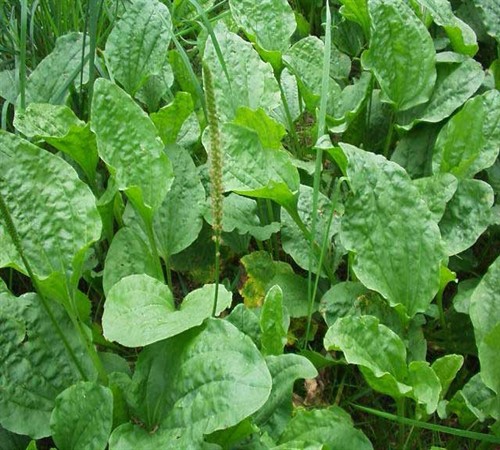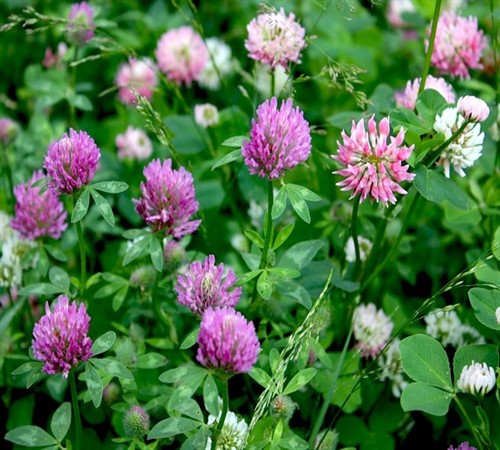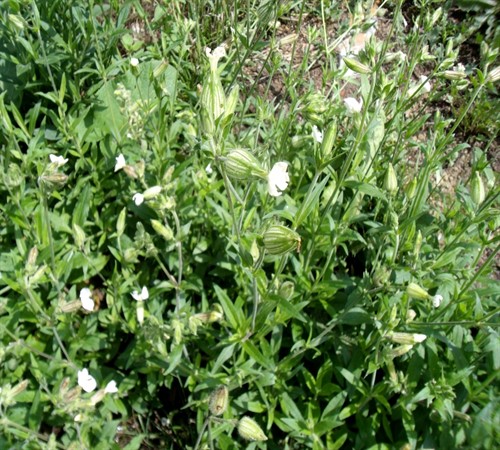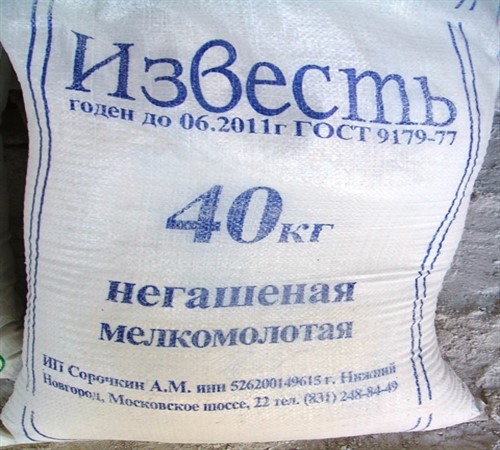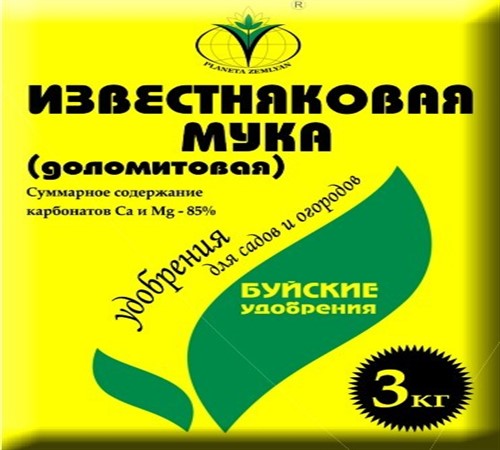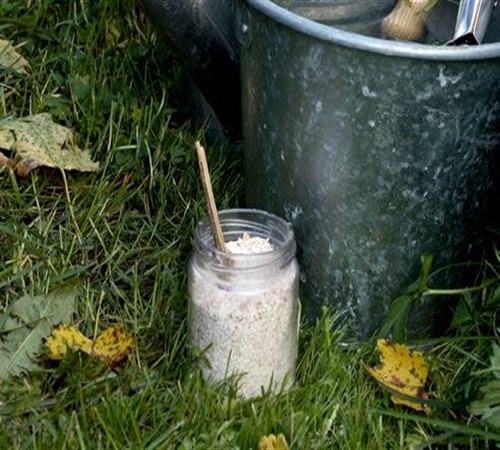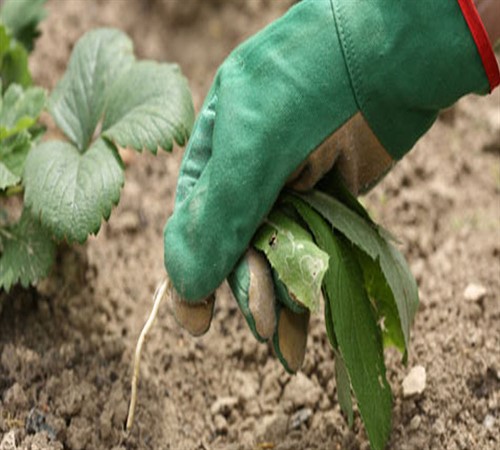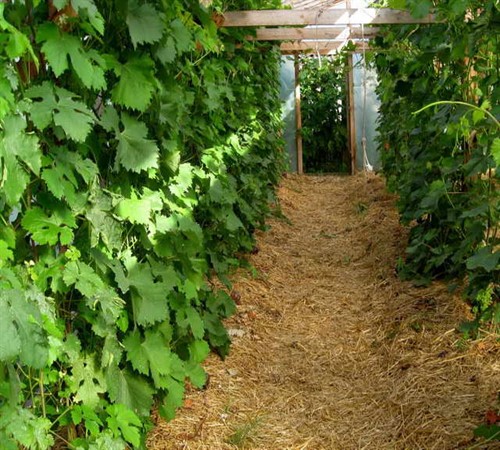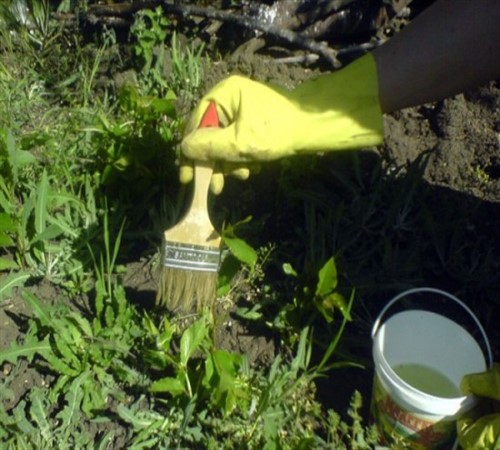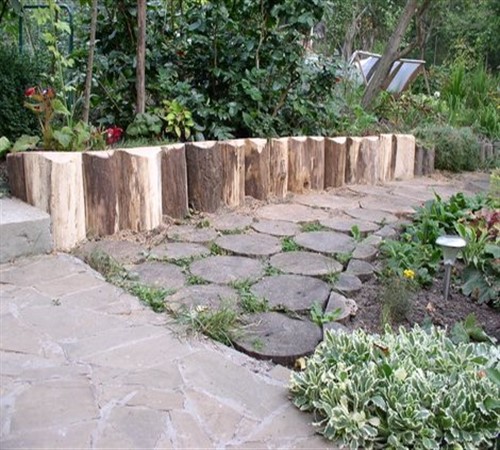With the power of garden paths by paving stones, clinker bricks, various softer tiles and other similar materials, inter -seams always remain, which are filled with sand. After some time, grass begins to appear between the tiles, often spoiling the beauty of the patterned pattern laid with tiles, and even in some cases, contributing to unsafe movement, so getting rid of the grass must be all kinds of methods when it first appeared on the site, be it a path or bed.
Content
Where do weeds come from?
In principle, weeds are considered all the plants that grew without the direct participation of the owner of the site, and in the place wrong for them.
The reasons for the appearance of weeds:
- wind that spits seeds in rather vast territories;
- birds, the litter of which includes a significant part of the seeds;
- people who carry the seeds of weeds on the soles of the shoes;
- organic fertilizers used to feed cultivated plants are also rich in weed grass seeds.
Thus, getting rid of grass will not work forever. However, it is better to start the struggle with the newcomers that appear again, until they filled the entire site. In this regard, the fight against weeds on the garden path must be carried out simultaneously with the destruction of unnecessary vegetation throughout the entire site.
The dependence of weeds on soil acidity
Each type of seeds corresponds to a certain acidity of the soil necessary for germination and further existence. Seeds, having got into a favorable environment for them, begin to germinate over time. At the same time, another category of seeds is transferred further or remains in the soil, waiting for a change to a more suitable level of acidity for growth.
In this regard, according to the weeds growing on the site, it is easy to determine the type of soil:
- a strongly acidic or acidic environment is ideal for the spread of horsetail, plantain, crawler buttercup, high -wing highlander, etc.;
- the slightly acidic and neutral soil is ideal for the mokritsa, the binding of the field, the shepherd’s bag, the parliament of creeping, the clover, the sledu, the beast, the braid, etc.;
- the slightly alkaline environment is suitable for a nap of white, poppy, etc.;
- alkaline soil contributes to the rapid growth of nettles, bitter wormwood, swans, cassocks, alfalfa, etc.
For a more reliable determination of the degree of acidity of the soil, you can use the folk method:
- take 6-7 sheets of currants;
- boil distilled water;
- pour leaves and cool;
- dig a hole 10-15 cm deep in the area where the acidity is required;
- lower the lump of soil taken from the bottom of the dug fossa into a cool solution;
- follow the color of coloring the solution.
The shade that obtained during the reaction corresponds to a certain level of acidity:
- Green is neutral soil.
- Blue shade is slightly acidic soil.
- Red color is a high level of acidity.
If the soil corresponds to an acidic environment, then, along with the immediate start of the fight against weeds, it is worth deoxidizing the soil to the neutral composition, since it is sour soil that becomes a sear of difficult to excrete weeds with a developed root system and high resistance to most chemicals. In addition, acidic soil becomes the root cause of a bad crop.
Soil deoxidation products
To increase the productivity of the site and partially get rid of the grass inherent in the acidic environment, by means of the soil to a neutral state. The following funds are used for this:
- slaked lime;
- dolomite flour;
- chopped chalk;
- wood ash;
- peat ash.
In order to avoid harm to cultural landings, deoxidation is best done in the fall after harvesting or early spring. At the same time, any of the funds is sealed into the soil to a depth of 15-20 cm. The dose of the introduction of one or another composition depends on the level of acidity of the soil. On the garden tracks, the seams are simply sprinkled with a small amount of drill or table salt, which after rain will penetrate deeper the structure of the inter -seam. After 1-2 years, the soil will acquire a neutral composition.
Treasy grass combat methods
Along with bringing the soil to neutral composition, the use of one of the following methods will help to get rid of grass on the site.
Mechanical method
Pretty laborious, but necessary method, including:
- Punging the soil - is carried out by a shovel or pitchfork in late autumn or early spring. However, the use of forks when digging the forks is a more preferred option, since the roots at a depth are not cut, as in the case of using a shovel. In the process of work, all roots are collected in one container, and at the end of the digging are burned, which prevents the appearance of new weeds through vegetative propagation.
- The implementation of periodic weeding manually or with a chip occurs as grass grows. The main thing is to expose the weeds until the ripening of the seeds, preventing even greater appearance of weed grass. At the same time, weeding moist land gives the best results, since the roots of small plants are completely removed from the ground. In plants with a developed root system, it is possible to grab the root deeper, thereby undermining its immunity to rapid germination. Removing the roots by weeding gradually weakens the weed and negates a chance to the subsequent germination of new shoots.
- Hilling, loosening allows you to remove newly sprouted weeds, deepen the brought seeds, preventing them from giving away.
Biological method
This method consists in mulching the soil, i.e. coating the necessary surface of the earth by breathing or preventing oxygen from the intake of oxygen.
The use of sawdust, straw, compost helps to delay moisture in the soil, regulation of the Earth’s temperature near plants, enrichment with nutrients, as well as regulating the acidity of the soil, although many weeds are able to break through even through a layer of mulch, which is 10-15 cm.
The soil shelter with a burlap, black film or newspapers prevents oxygen access to the soil, creating a “greenhouse” effect, in which almost all weeds and their roots die.
Non -traditional methods
Before making a decision of the use of herbicides of various actions, you can use folk remedies for getting rid of interfering grass. The most common are:
- Heat treatment. Most plants die when watering them with steep boiling water.
- Processing vinegar essence consists in applying vinegar to the leaves of the plant using a brush.
- Alcohol treatment. Mix ethyl alcohol and ordinary water, observing the ratio of 1:10. You can spray plants throughout the year.
Chemical method
The essence of the method is to spray malicious plants with chemical preparations using the following processing methods:
- Selective action, for example, Lontrel-300D, Etisso Rasen Vital UF, affect certain species of plants. Herbicides, accidentally falling on cultivated plants, decompose to non -toxic compounds, excluding the negative effect on useful vegetation.
- Continuing, for example, Roundup, Tornado, Hurricane Forte, destroy all the plants that fell into the treatment zone with herbicides. In this regard, chemicals of continuous effects are used in places devoid of cultural stands and depend on the type of plant.
The principle of destruction of unwanted vegetation by herbicides is as follows:
- The chemistry that falls on the leaves moves along the stem into the roots.
- After 1-1.5 weeks, the leaves of weed grass begin to turn yellow.
- Within a month, the plant completely dies.
However, when processing herbicides, to achieve a positive result, it is worth considering some features:
- 3 weeks before processing, plants should not be subjected to any other way of destroying weeds.
- The weather should be clear, calm, while the leaves of the necessary plants must be slightly moistened or surgery after rain.
However, chemicals should be used with great caution, since the poison, destroying the weed, in small quantities still falls into the soil, while killing useful bacteria.
Thus, choosing one or another method of destroying the undesirable species of plants, it is worth finding out some biological properties of this weed.
Methods of destroying certain species of annoying plants
Mokrin
Many grab their heads when several shoots of mokritsa of grass appear: how to get rid of? This is not surprising, because the process of ripening of seeds occurs in just 1.5 months, managing to give several generations in the relatively warm season, and one such plant can throw up to 2500 seeds at a time. In addition, mokritsa seeds are quite resistant to harsh winters, so the first shoots of grass appear with warming. In addition to the seeds, mokritsa easily multiplies through the nodes located on the stem.
Measures to get rid of the mokritsa:
- Carrying the soil to neutral composition, since the mokritsa needs a acidic environment.
- Reduce to minimum the humidity of the place of justification of the mokritsa, since it loves very moistened soil, and too dry the environment helps to destroy the weed.
- Timely weeding that prevents the ripening of seeds.
- The destruction of the outbred weed by means of burning outside the site.
However, the mokritsa seeds are perfectly stored in the ground for 25-30 years, therefore, if there are conditions favorable its growth, annoying grass will again choose the site.
Birch
Similarly, the mokritsa, the stormy reaction of the owner of the private site is caused by the birch herb of the grass of the grass: how to get rid of? Unlike mokritsa, the optimal place for the growth of the birch is dry, slightly acidic soil. The great advantage of the adaptability of this plant to various weather conditions is the location of the roots at a depth of 3 m. When the upper binder is destroyed, new buds are formed on the roots, so the weed begins to germinate again.
Birch combat measures:
- The use of the soil deoxidizing the soil.
- Digger with the most thorough removal of the roots.
- Periodic weeding, contributing to the gradual depletion of the root system of weed.
- If the birch is damaged by a large plot of land, you can sow the seeds of mustard and the weed will disappear over time.
The destruction of the birch, like any weed, is a temporary phenomenon. When entering a section of the birch seeds to the territory of the seed, coincided with the soil favorable for their existence, it will reappear and you will have to start the struggle first.
Lawn grass
Compared to birch, mokritsa to get rid of lawn grass is much easier, since the root system of this grass is quite poorly developed. In addition, a slightly acidic, moisturized soil is necessary, so delicate grass without periodic watering will die over time.
Measures for eradicating lawn grass:
- Creating an alkaline soil composition.
- Mulching by shelter with black film.
Moss
On many garden paths, moss is often found. The path, covered with moss, has a non -aesthetic, unattractive look. In addition, on such a path it is easy to slip, especially in wet weather.
The reasons contributing to the formation of moss:
- Bad drainage.
- Shadow.
- Constant stay in conditions of high humidity.
Struggle measures:
- Processing of the site with a solution of table vinegar diluted with water 1: 1.
- Improving soil drainage.
- If possible, provide access of ultraviolet rays, for example, cutting trees.
If you do not eliminate the causes of the appearance of the moss, then with any method of processing it will appear again, so when the path is improved, you should initially take care of the good illumination of the place chosen for the path.
Thus, it is difficult enough to get an unambiguous answer to the question: a crusader of weed grass in the garden, how to get rid of? The variety of traditional methods of combating various weeds, along with folk recipes, opens up wide opportunities for conducting their own experiments. However, any weed, with a favorable coincidence of the conditions of existence, again emphasizes a piece of earth for it, so you must always be prepared for re -battle with unnecessary vegetation.





